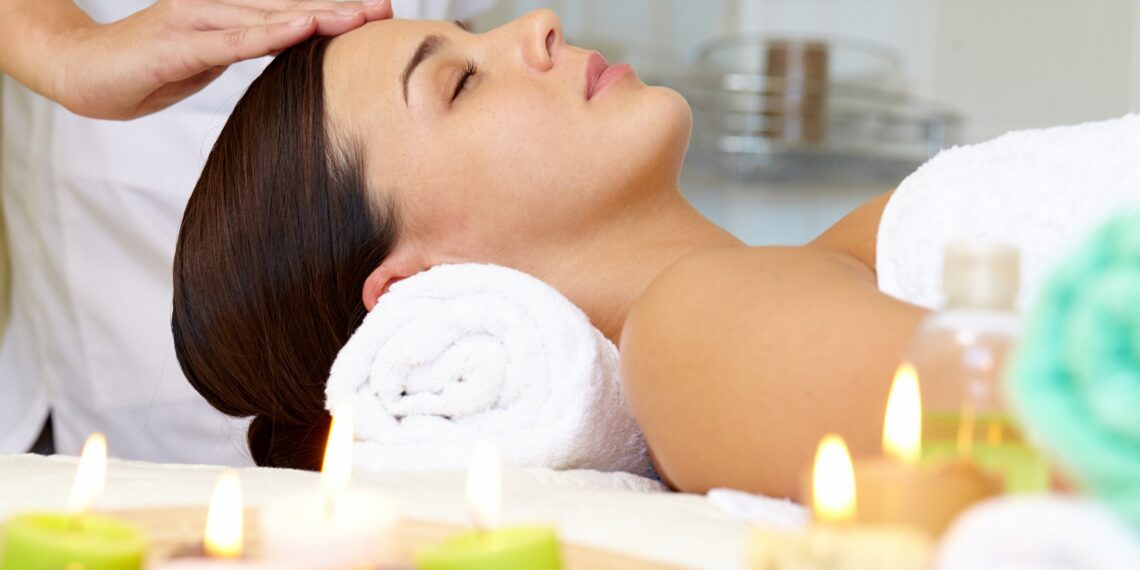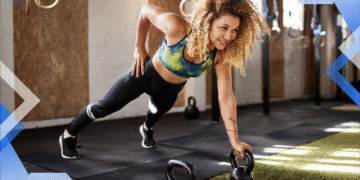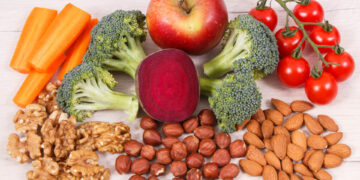Exploring the Science of Meditation: Techniques and Benefits
Meditation, an ancient practice, has gained significant attention for its potential to enhance wellness. Scientific research continues to explore the mechanisms and benefits of various meditation techniques on mental and physical health.
1. Mindfulness Meditation and the Brain
Mindfulness meditation involves focusing on the present moment without judgment. Studies using fMRI technology show that regular mindfulness practice can lead to changes in brain structure and function. Specifically, it can increase gray matter density in regions associated with attention, emotion regulation, and self-awareness, such as the prefrontal cortex and hippocampus. This suggests that mindfulness meditation may enhance cognitive abilities and emotional resilience. Furthermore, research indicates that mindfulness meditation can reduce activity in the amygdala, the brain’s fear center, contributing to decreased stress and anxiety levels.
2. Physiological Benefits of Meditation
Meditation’s impact extends beyond the brain, influencing various physiological processes. Studies have demonstrated that meditation can lower blood pressure, reduce heart rate, and improve immune function. These effects are likely mediated by the relaxation response, which counteracts the body’s stress response. By activating the parasympathetic nervous system, meditation promotes a state of calm and relaxation, leading to a cascade of beneficial physiological changes. Research also suggests that meditation may reduce inflammation, a key factor in many chronic diseases.
3. Meditation Techniques for Stress Reduction
Different meditation techniques can be employed for stress reduction. Mindfulness meditation helps individuals become more aware of their stress triggers and develop coping strategies. Transcendental Meditation, with its focus on mantra repetition, can quiet the mind and promote deep relaxation. Loving-kindness meditation cultivates positive emotions and reduces self-criticism, fostering a sense of inner peace. The choice of technique depends on individual preferences and needs, but all offer potential pathways to manage stress effectively.
Mindfulness in Everyday Life: Cultivating Awareness and Presence
Mindfulness is more than just meditation; it’s a way of approaching life with intention and awareness, fostering a deeper connection with the present moment and reducing stress.
1. Mindful Breathing Exercises
Simple breathing exercises can anchor you to the present. Try the 4-7-8 technique: inhale deeply for 4 seconds, hold for 7 seconds, and exhale slowly for 8 seconds. This can be done anywhere, anytime, to calm the nervous system and improve focus. Practicing this technique a few times daily can significantly reduce anxiety levels and improve overall well-being, helping you navigate daily challenges with greater ease and composure.
2. Mindful Eating
Eating mindfully involves paying full attention to the taste, texture, and aroma of your food. Avoid distractions like phones or television. Chew slowly, savor each bite, and notice how your body feels. This practice can lead to better digestion, increased satisfaction with meals, and a healthier relationship with food.
3. Mindful Walking
Turn your daily walk into a mindful experience. Pay attention to the sensation of your feet touching the ground, the air on your skin, and the sounds around you. Let go of distractions and simply be present with each step. Mindful walking can be a refreshing way to clear your mind, reduce stress, and connect with your surroundings. This practice encourages a deeper appreciation for the simple act of moving and being present in your body.
4. Mindful Communication
Practice active listening when interacting with others. Give your full attention to the speaker, make eye contact, and avoid interrupting. Focus on understanding their perspective rather than formulating your response. Mindful communication fosters stronger relationships, reduces misunderstandings, and promotes empathy.
The Art of the Spa Day: Creating a Sanctuary for Relaxation
Transforming your home into a personal spa offers a powerful way to de-stress and rejuvenate, providing a mental and physical escape from the demands of daily life.
1. Setting the Ambiance
Begin by decluttering your chosen space and dimming the lights to create a calming atmosphere. Soft, ambient lighting, such as candles or fairy lights, can significantly enhance relaxation. Introduce soothing scents with essential oil diffusers or lightly scented candles, opting for lavender, chamomile, or eucalyptus for their calming properties. Gentle music, like nature sounds or instrumental melodies, can further deepen the sense of tranquility.
2. Preparing Mind and Body
Before starting any treatments, take a warm shower or bath to cleanse and relax your muscles. Exfoliate your skin with a gentle scrub to remove dead cells and promote circulation. Consider incorporating aromatherapy bath salts or oils to enhance the experience. After your bath or shower, apply a hydrating lotion or body oil to lock in moisture and leave your skin feeling soft and supple.
3. Indulging in Facial Rejuvenation
Start with a gentle facial cleanser to remove any makeup or impurities. Follow with a facial scrub to exfoliate and brighten your complexion. Apply a hydrating face mask tailored to your skin type, allowing it to sit for the recommended time. While the mask is working, relax and listen to calming music. Rinse off the mask and apply a nourishing serum and moisturizer to complete your facial treatment.
4. Creating a Relaxation Ritual
Conclude your spa day with a relaxing activity, such as reading a book, practicing gentle yoga, or simply meditating. Sip on herbal tea or infused water to stay hydrated and promote a sense of well-being. Avoid screen time and focus on being present in the moment, allowing yourself to fully unwind and recharge.
Aromatherapy Essentials: Harnessing Scents for Emotional Well-being
Aromatherapy, the art and science of utilizing essential oils to enhance well-being, offers a holistic approach to emotional balance by stimulating the olfactory system. These potent plant extracts can influence mood, reduce stress, and promote relaxation through various application methods.
1. Understanding Essential Oils
Essential oils are concentrated hydrophobic liquid containing volatile aroma compounds from plants. Extracted through methods like steam distillation or cold pressing, they retain the plant’s therapeutic properties. It’s crucial to source high-quality, pure essential oils from reputable suppliers to ensure maximum efficacy and safety. Dilution with a carrier oil, such as jojoba or almond oil, is generally recommended before topical application to prevent skin irritation.
2. The Science of Scent and Emotion
The olfactory system directly connects to the limbic system, the brain’s emotional center. When we inhale essential oil molecules, they travel to olfactory receptors in the nose, triggering electrical signals that reach the limbic system. This pathway influences the release of neurotransmitters like serotonin and dopamine, which play a key role in regulating mood, stress response, and overall emotional well-being. This direct connection explains why scents can evoke strong memories and emotions.
3. Popular Essential Oils for Emotional Well-being
Lavender is well-known for its calming and relaxing properties, often used to alleviate anxiety and promote sleep. Citrus oils like lemon and orange are uplifting and energizing, helping to combat feelings of sadness and improve focus. Frankincense is revered for its grounding and spiritual benefits, promoting a sense of peace and connection. Peppermint can boost alertness and reduce mental fatigue.
4. Methods of Aromatherapy Application
There are several ways to incorporate aromatherapy into your daily routine. Diffusion, using an electronic diffuser or reed diffuser, disperses essential oil molecules into the air for inhalation. Topical application, diluted with a carrier oil, allows for absorption through the skin. Adding a few drops to a warm bath can create a relaxing and therapeutic experience. Inhalation directly from the bottle or a tissue is a quick and convenient method for on-the-go relief.
The Power of Self-Care Routines: Building Resilience and Balance
Self-care routines aren’t selfish indulgences; they’re essential investments in our mental, emotional, and physical well-being, fostering resilience and helping us navigate life’s challenges with greater balance and ease.
1. Defining Self-Care: More Than Just Pampering
Self-care encompasses any intentional action taken to support your physical, mental, and emotional health. It goes beyond occasional treats like spa days, encompassing regular activities that nourish your well-being. Examples include setting boundaries, engaging in hobbies, practicing mindfulness, and prioritizing sleep. It’s about recognizing your needs and proactively meeting them to prevent burnout and maintain a healthy equilibrium.
2. Building a Personalized Routine
A successful self-care routine is tailored to your individual needs and preferences. Start by identifying areas where you feel depleted or stressed. Experiment with different activities to discover what truly rejuvenates you. Consider factors like time constraints, budget, and personal interests when designing your routine. Remember, consistency is key – even small, regular acts of self-care can make a significant difference.
3. Self-Care and Resilience
Resilience is the ability to bounce back from adversity. Self-care strengthens resilience by providing you with the resources and coping mechanisms to manage stress effectively. When you prioritize your well-being, you’re better equipped to handle challenges, maintain a positive outlook, and navigate difficult situations with greater ease and composure. It’s like building a reserve of energy to draw upon when facing tough times.
4. Overcoming Barriers to Self-Care
Many people struggle to prioritize self-care due to time constraints, guilt, or the belief that it’s selfish. It’s important to challenge these beliefs and recognize that self-care is not a luxury but a necessity. Start small, schedule self-care activities into your calendar like any other important appointment, and remember that taking care of yourself allows you to better care for others.
5. The Long-Term Benefits of Consistent Self-Care
Consistent self-care practices yield numerous long-term benefits, including reduced stress levels, improved mood, enhanced cognitive function, stronger relationships, and increased overall well-being. By making self-care a non-negotiable part of your life, you invest in your long-term health and happiness, creating a more fulfilling and balanced life.






